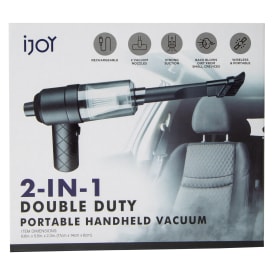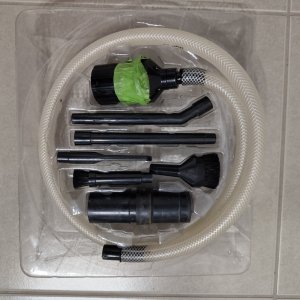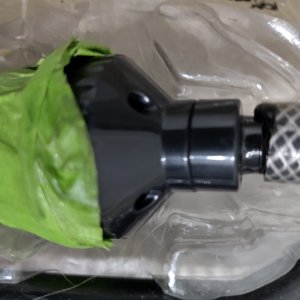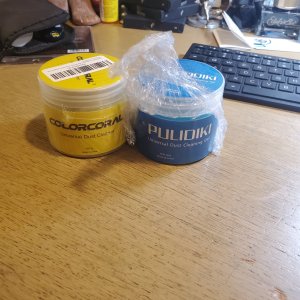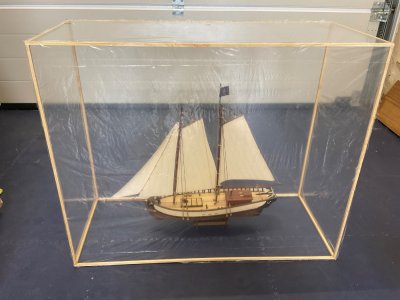How to prevent a model that's not in a case from getting dusty? Well, if you want to look at it, the honest answer is, "You don't." An uncovered model will inevitably accumulate dust and, even worse, all manner of air pollutants, airborne smoke and kitchen grease, and the rest. This destroys the model's appearance and promotes decay of finishes and rigging fibers and other types of deterioration.
When I have a model that comes into my possession without a case or requires being out of its case for long periods, I always keep such models covered with lightweight plastic bag material. I save the lightweight plastic bags that dry cleaners use to cover cleaned clothing. Cut and opened into flat sheets and joined with light clothes pins, they effectively prevent dust buildup on uncased models in my shop for work. Parenthetically, I would not consider spending time trying to effectively clean a filthy model that's been uncased for a long period unless it was something stupendously valuable that warranted conservation. Cleaning a cobwebby, dusty, tobacco smoke-stained model is tedious, miserable, nasty work that's best avoided.





